Elvis, The Beatles, MLK Jr. and Richard Nixon: 10 memorable moments at Cincinnati Gardens
Cincinnati Gardens would have had its 75th anniversary this month – if it had lasted that long.
The sports arena formerly in Bond Hill may have seemed out of the way compared to the stadiums downtown. It may have seemed outdated as a venue when it was demolished in 2018.
But the sheer breadth and volume of events that occurred within those red brick walls makes Seymour Avenue and Langdon Farm Road one of Cincinnati’s richest historic sites.
The Cincinnati Garden, as it was originally called, opened Feb. 22, 1949. (The “s” was added around 1958.)
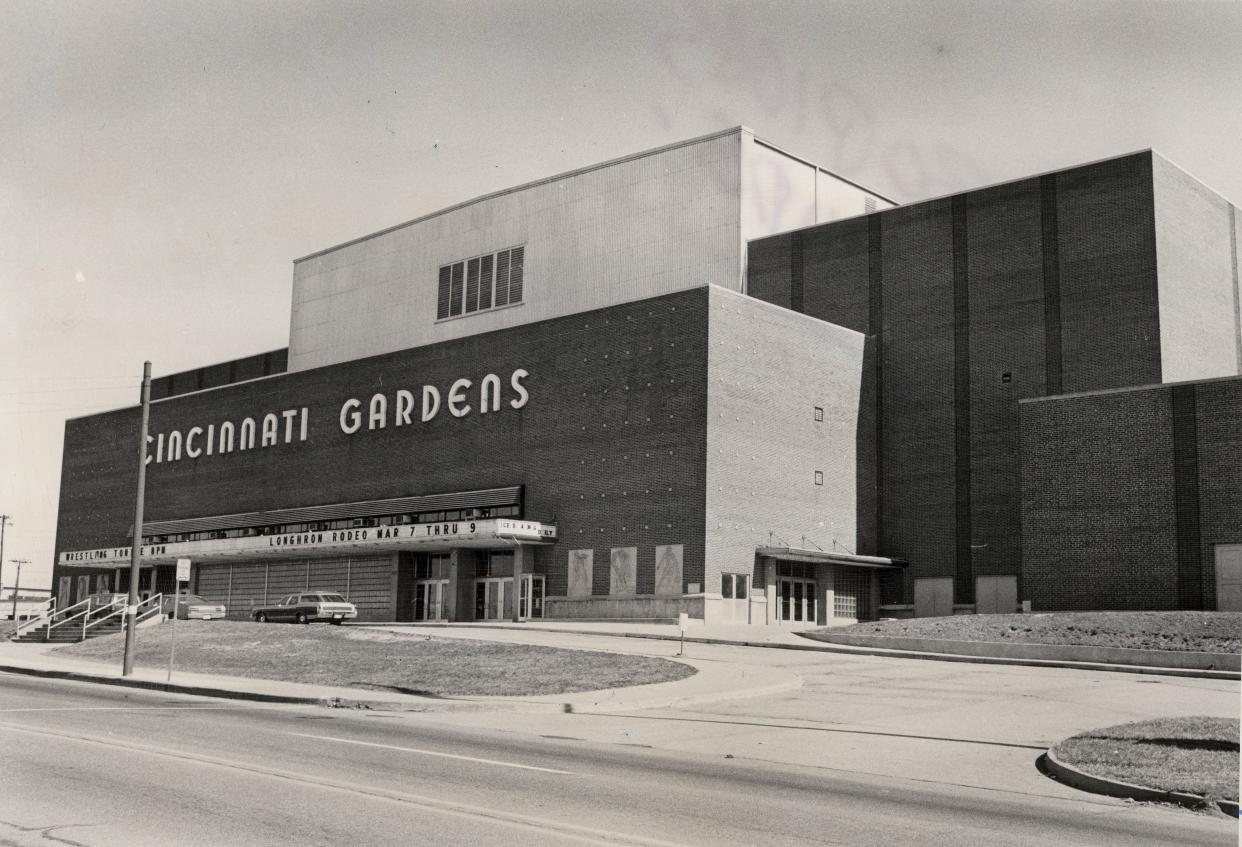
The bas-relief figures at the entrance indicated the type of sports to be seen at the Gardens: boxing, basketball and hockey. But the 11,200-seat arena hosted everything from circus acts to rock concerts.
“I feel sure that after several years of enjoyment, the people of Cincinnati will wonder how they ever got along without Cincinnati Garden,” general manager Frank J. Selke told The Enquirer in 1949.
We had Cincinnati Gardens for 67 years before it closed in 2016. In between, there were truly memorable moments.

Feb. 28, 1949: Ezzard Charles defeated Joey Maxim
In the Garden’s first week, 14,062 people crammed in to watch West End boxer Ezzard Charles take on Joey Maxim. At stake was the chance to be the main challenger to then-champ Joe Louis.
The two went toe-to-toe for the entire 15 rounds. Charles scored a split decision win.
In his next fight that summer in Chicago, “the Cincinnati Cobra” outpointed Jersey Joe Wolcott for the heavyweight title, an opportunity that came about because of his victory at the Gardens.
Not a bad way to usher in the new arena.
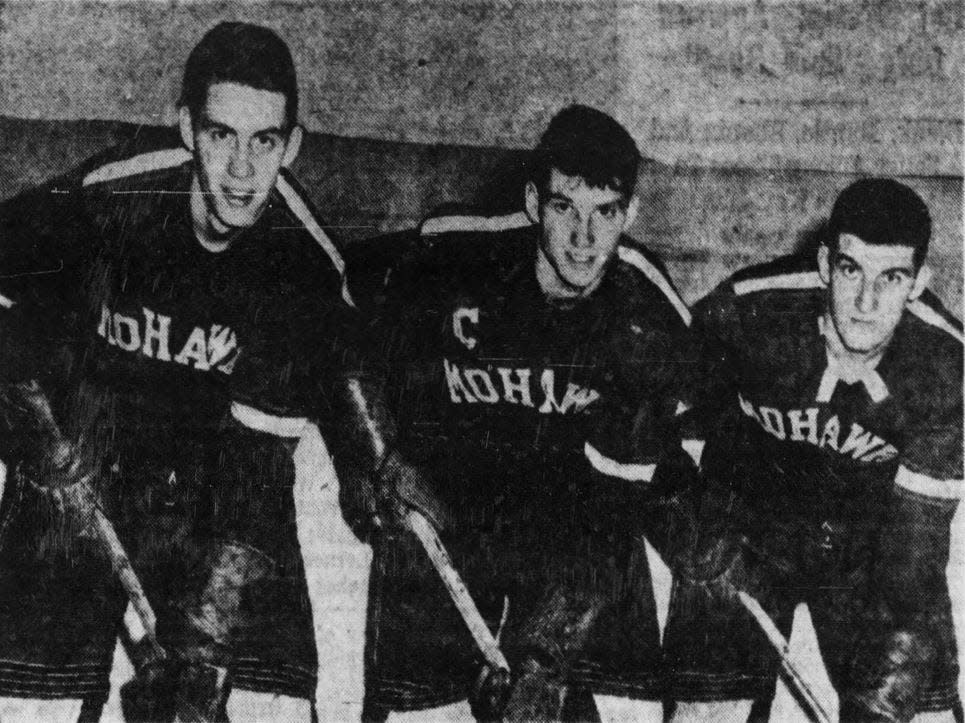
April 2, 1953: Cincinnati Mohawks dominate hockey playoffs
The Cincinnati Mohawks hopped over to the International Hockey League in 1952 and dominated for the next six years.
They won 15 of their 17 playoff games in the 1952-53 season, capturing their first International Hockey League Turner Cup plus the U.S. amateur hockey championship. Many of those games were played away, but the most memorable at Cincinnati Gardens was April 2, 1953.
That night, the Mohawks battled the Sault Ste. Marie Soo Indians for an 8-2 win. “Battled” is the right word. The teams combined for 61 penalties, with 17 players sent to the penalty box.
The Mohawks rarely disappointed Cincinnati fans. They won the Turner Cup in five straight seasons, then disbanded in 1958.
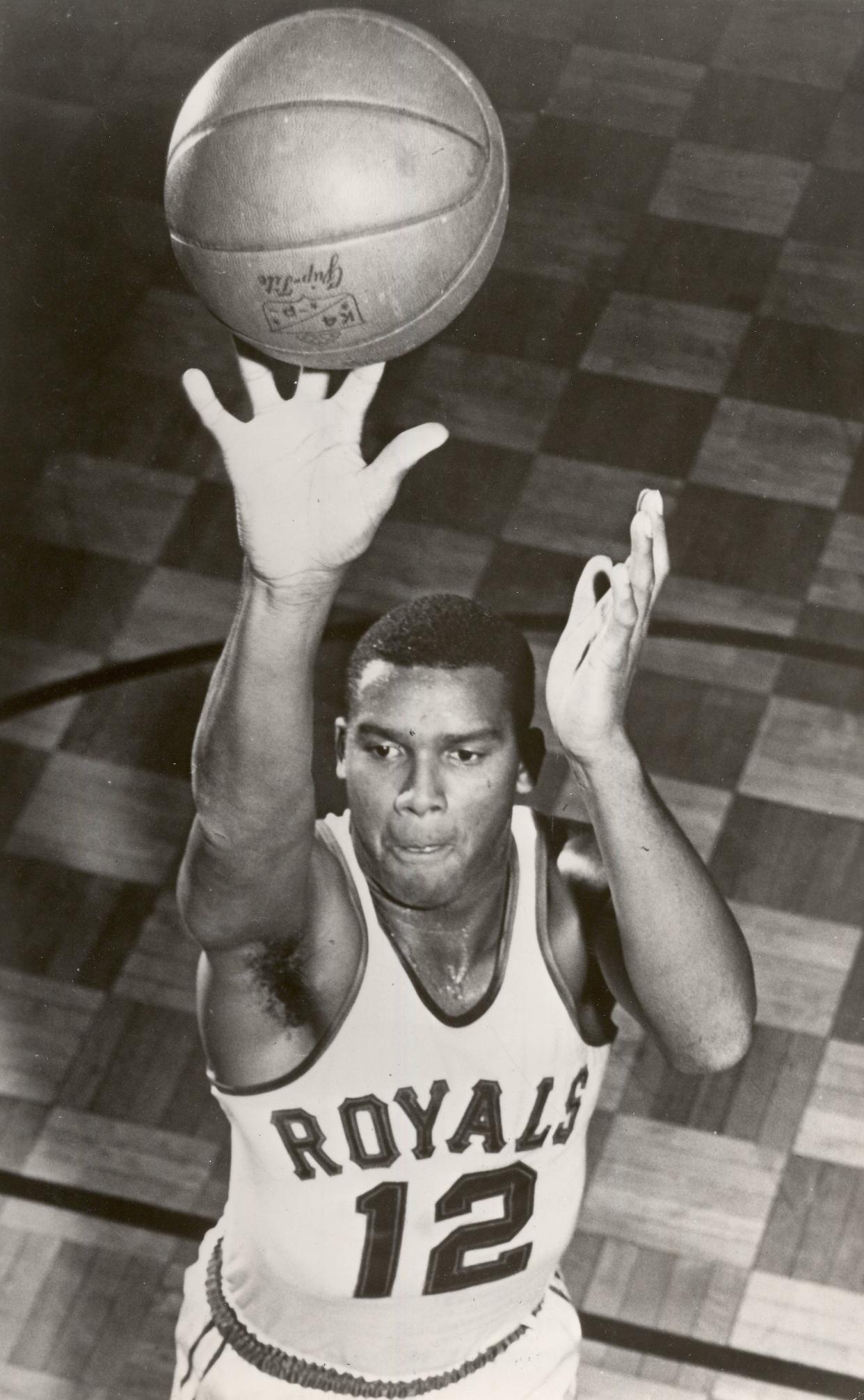
Oct. 26, 1957: NBA’s Cincinnati Royals take the court
Cincinnati got an NBA franchise worthy of its Queen City nickname when the Rochester Royals relocated here in 1957. The team already had All-Stars Maurice Stokes and University of Cincinnati grad Jack Twyman.
The Cincinnati Royals made their home at the Gardens. Their first game there, on Oct. 26, 1957, was a 110-100 win over the Syracuse Nationals.
Stokes and Twyman went on to exemplify what it means to be teammates. Stokes was paralyzed after his head hit the hardwood during a road playoff game in 1958. His family couldn’t afford his medical bills, so Twyman became Stokes’ legal guardian and raised money for his care.
The Royals moved away in 1972. They are now the Sacramento Kings.
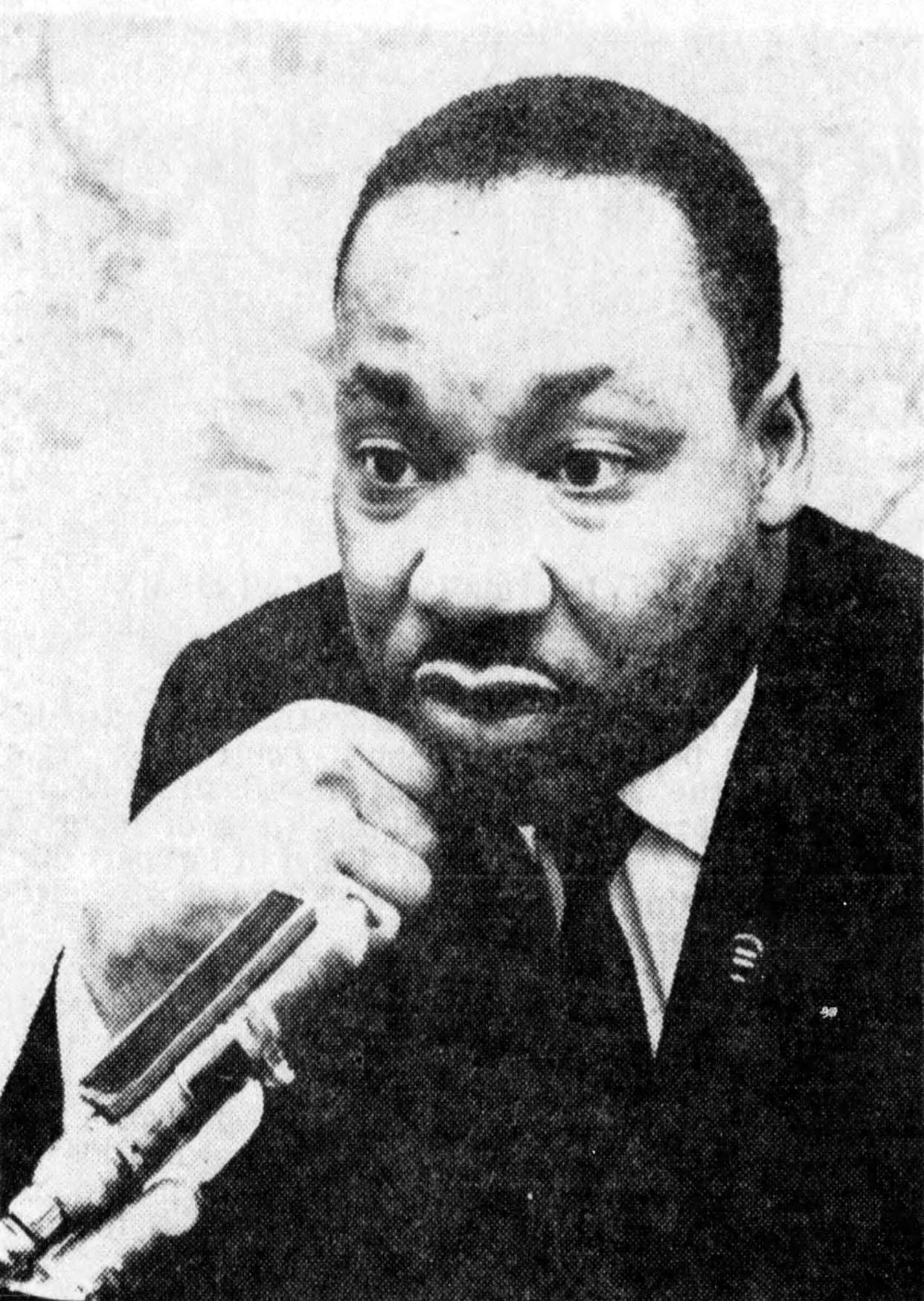
May 8, 1964: Martin Luther King Jr. spoke
The event wasn’t flashy – the 37th Quadrennial General Conference of the African Methodist Episcopal Church, held at Cincinnati Gardens. But it drew civil rights leader Martin Luther King Jr. to speak to the delegates. His presence in Cincinnati was notable itself.
That summer, Congress was debating the Civil Rights Act. Tension over racial integration was high all over the nation. Many feared violence whether the bill passed or not. “My hope is that it will be a nonviolently hot summer,” King told the Cincinnati press.
“It is vital for the health of the nation for the bill to pass,” he said.
It passed. President Lyndon Johnson signed it on July 2, 1964.
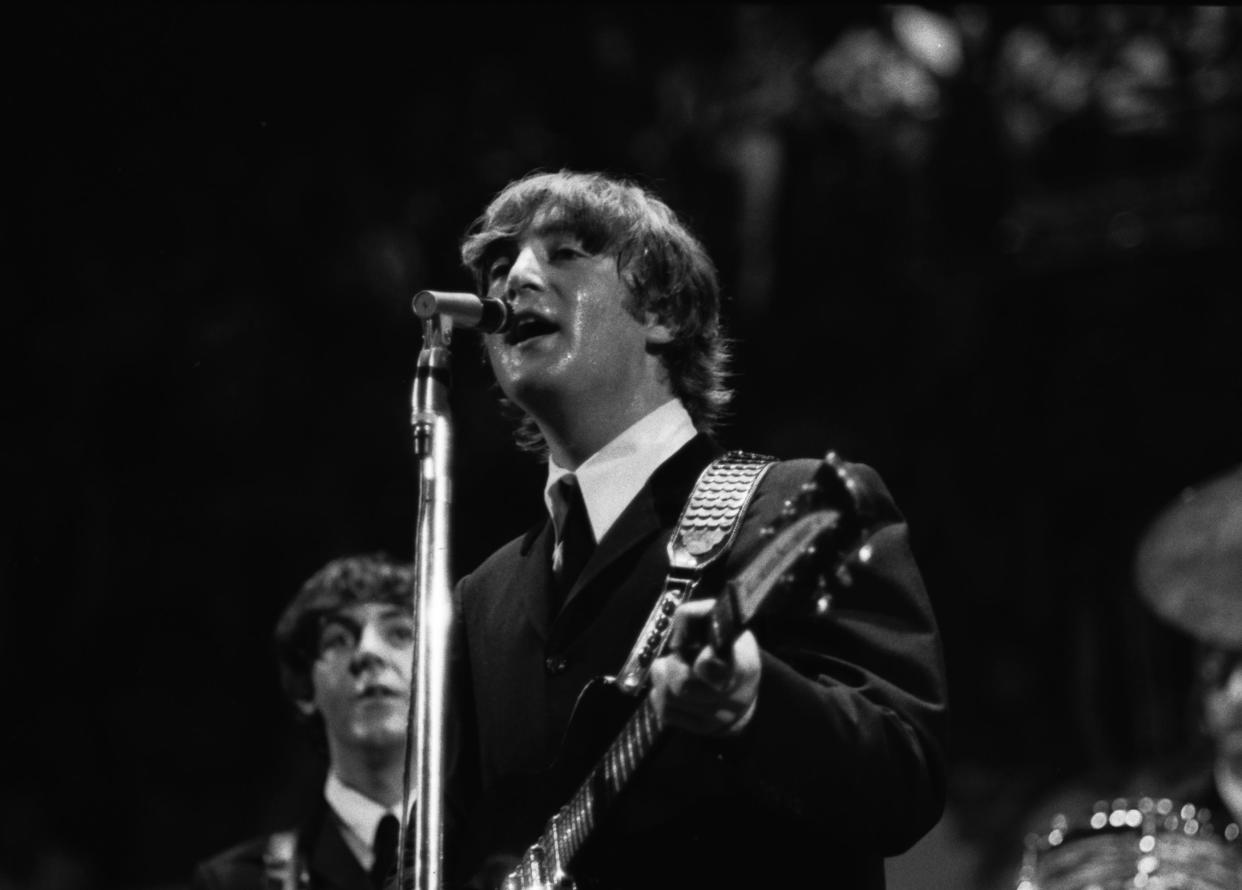
Aug. 27, 1964: The Beatles came to Cincinnati
The biggest moment in Gardens history: when Beatlemania came to Cincinnati. The Beatles had been enormous since arriving in the United States in February 1964. The Fab Four performed a brisk 25-minute set for a sold-out Cincinnati Gardens crowd of 14,000 wild, screaming fans who were too loud for anyone to really hear the music.
“Young fans drop veneer of civilization for Beatles,” read The Enquirer headline.
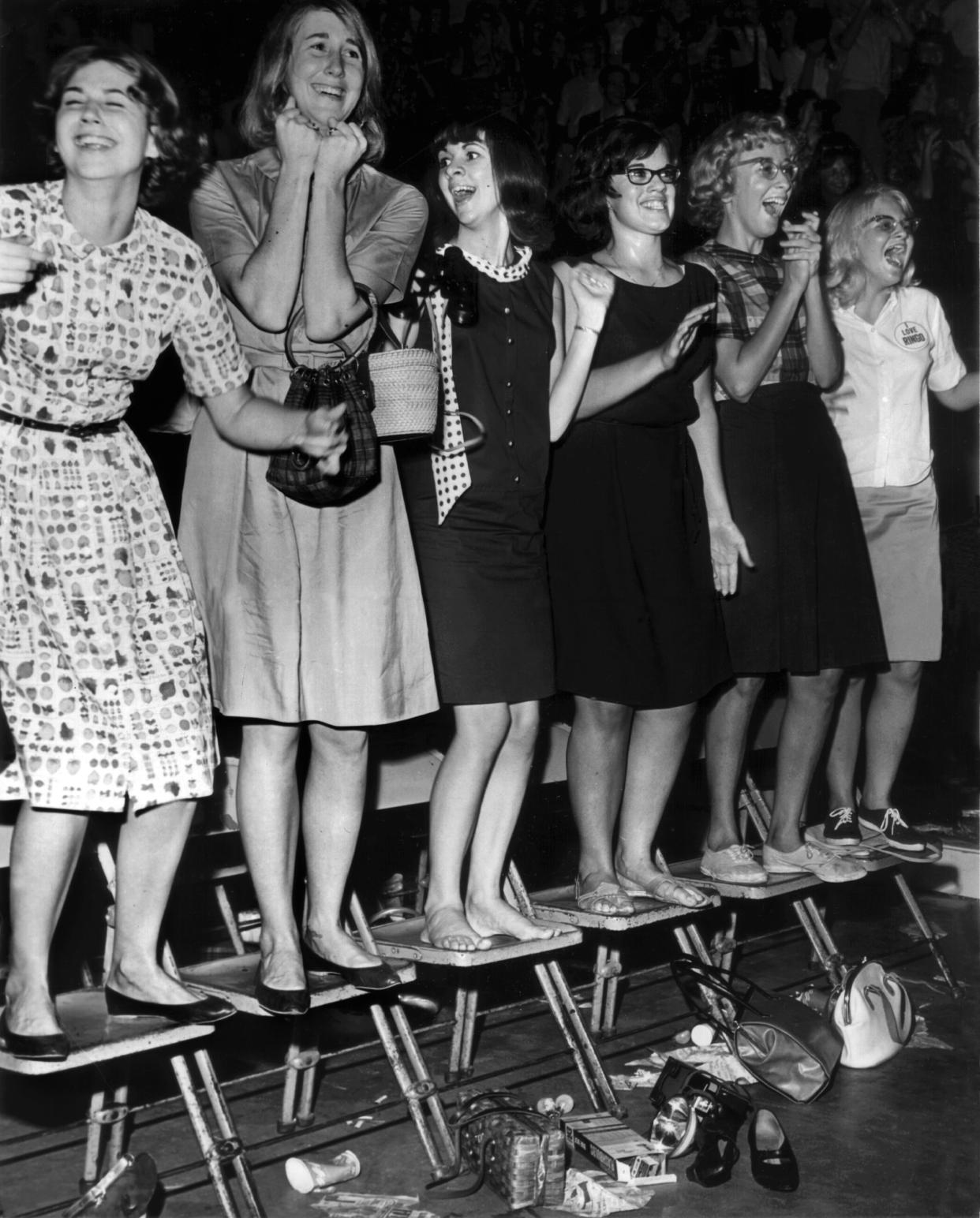
The article went on to say: “The estimated 115 degree temperature melted bouffant hairdos as well as inhibitions.”
Hamilton County Juvenile Court Judge Benjamin Schwartz warned that The Beatles and the accompanying hysteria were a threat to children.
Yet the lucky fans who were there wouldn’t have traded the experience for the world.
“Everyone stood up, so you couldn’t see at all. Then everyone stood on their chairs,” Shirly Chaney, who was a 16-year-old Boone County High School student in 1964, told The Enquirer 50 years later. “We spent the entire concert standing on folding chairs with our ears covered. But it was all worth it to say we saw The Beatles.”
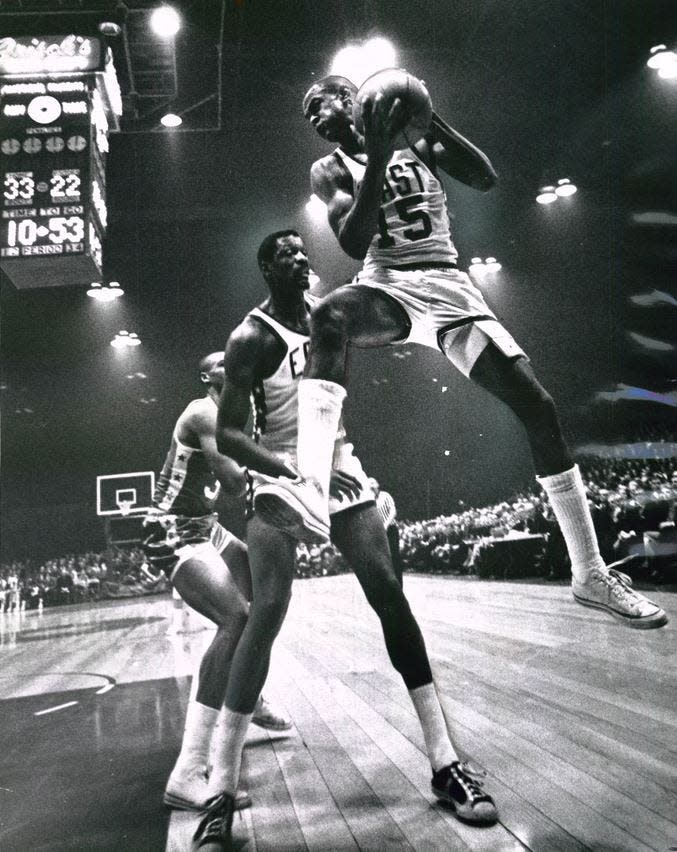
Jan. 11, 1966: Hosting the NBA All-Star Game
The 1966 NBA All-Star Game brought the best basketball players in the world to Cincinnati Gardens, including Wilt Chamberlain and Bill Russell, along with Royals stars Oscar Robertson and Jerry Lucas. There were 16 future Hall of Famers in the game.
Yet it was Royals guard Adrian Smith who outshone them all, scoring 24 points in the 137-94 East win over the West. His MVP award included a brand-new Ford Galaxie convertible.
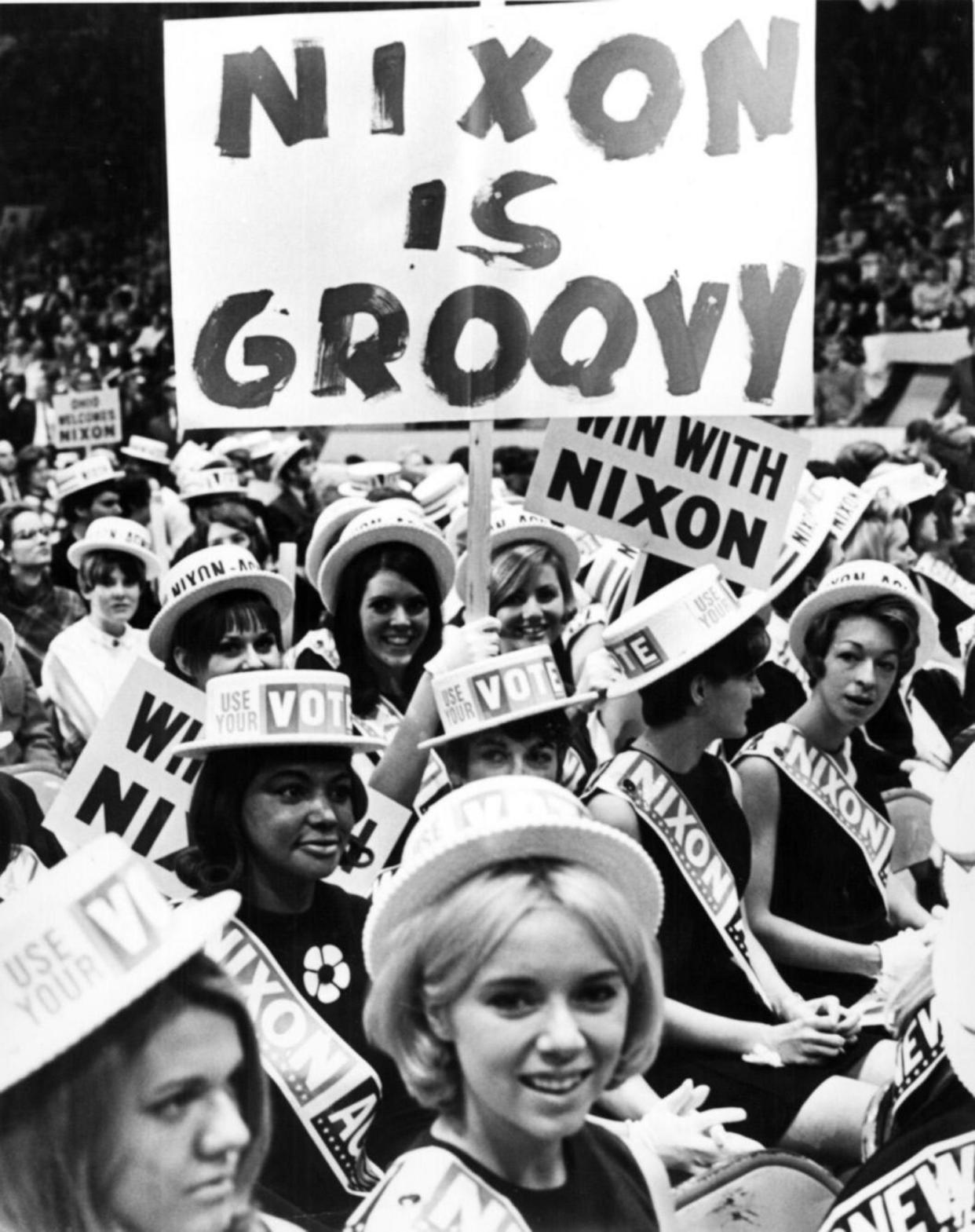
Oct. 21, 1968: A rally for Richard Nixon
Two weeks before the 1968 presidential election, former Vice President Richard Nixon spoke at a rally at the Gardens.
“Cincinnati Gardens looks like presidential convention floor,” read an Enquirer photo caption. Some 16,000 people flooded the arena in a sea of “Nixon” signs to hear the future president speak.
President Johnson had decided not to run again. Democratic candidate Robert F. Kennedy was assassinated in June 1968. It was one of the most turbulent years in American history, with racial equality, crime and the Vietnam War the biggest issues. Nixon won the presidency on a platform of law and order.
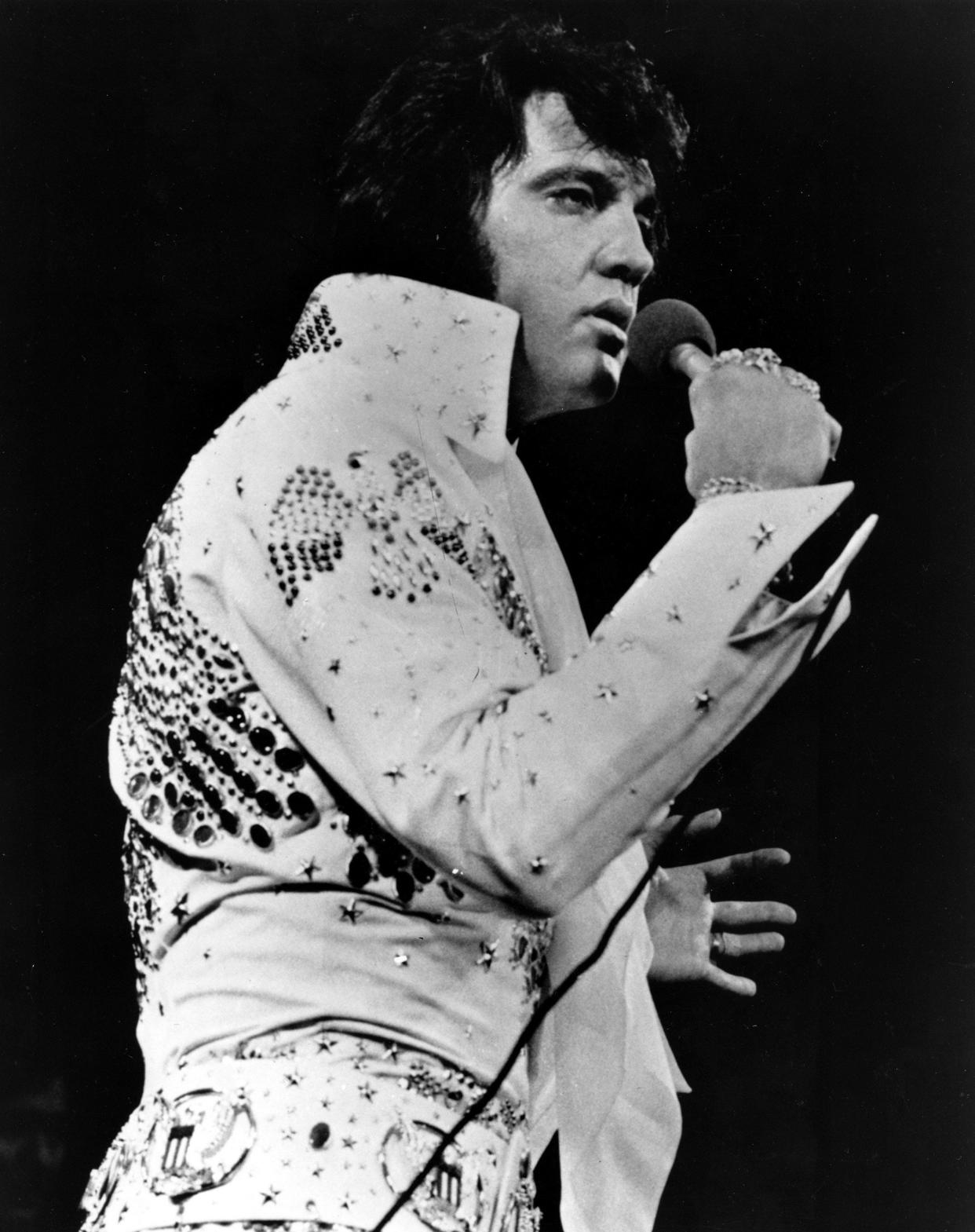
Nov. 11, 1971: Elvis Presley at the Gardens
Elvis Presley appeared at Cincinnati Gardens twice in the 1970s. On his first visit to Cincinnati on Nov. 11, 1971, wearing a black jumpsuit, he electrified the 13,000 fans just like the old days. Hysterical screaming, flashbulbs exploding, but the crowd had gotten a little older as well.
The King returned on June 27, 1973, this time in white with red, white and blue spangles.
“It isn’t a concert at all,” The Enquirer’s Jim Knippenberg wrote of the experience. “It is phenomenon. A unique sociological phenomenon. Elvis at the Gardens.”
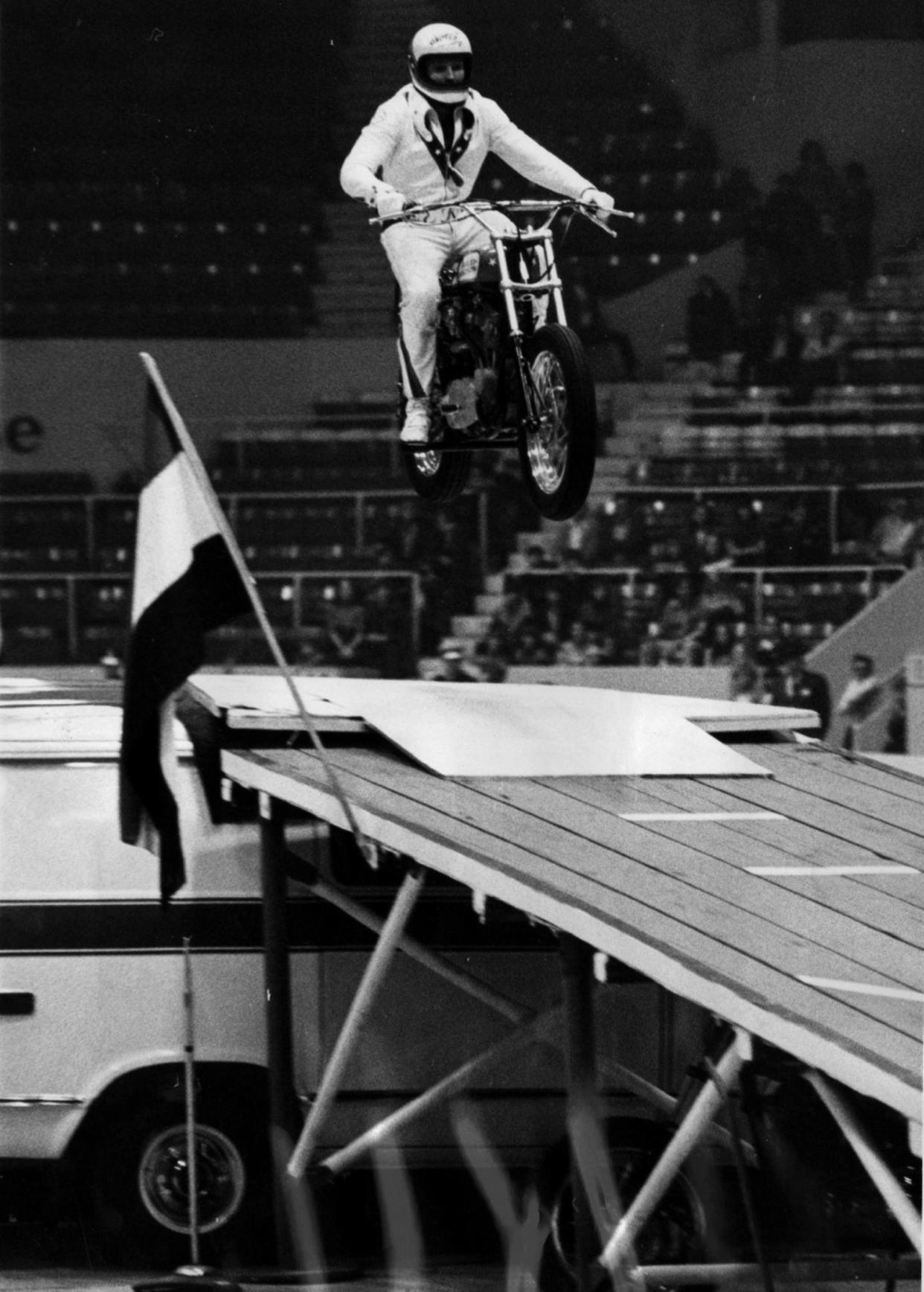
April 27-29, 1973: Evel Knievel jumps at Cycle-Rama
Another 1970s performer clad in a jumpsuit, daredevil motorcyclist Evel Knievel famously launched himself over ever more dangerous obstacles. During the three-day Cycle-Rama ’73 event at Cincinnati Gardens, he made three jumps a day astride his Harley-Davidson XR-750.
“I’ll start up in the rafters, go off a ski jump and over as many cars as I can get in the building. But, man, Cincinnati Gardens has no door going out,” Knievel told The Enquirer, grumbling that he would have to plow into a haystack to stop instead.
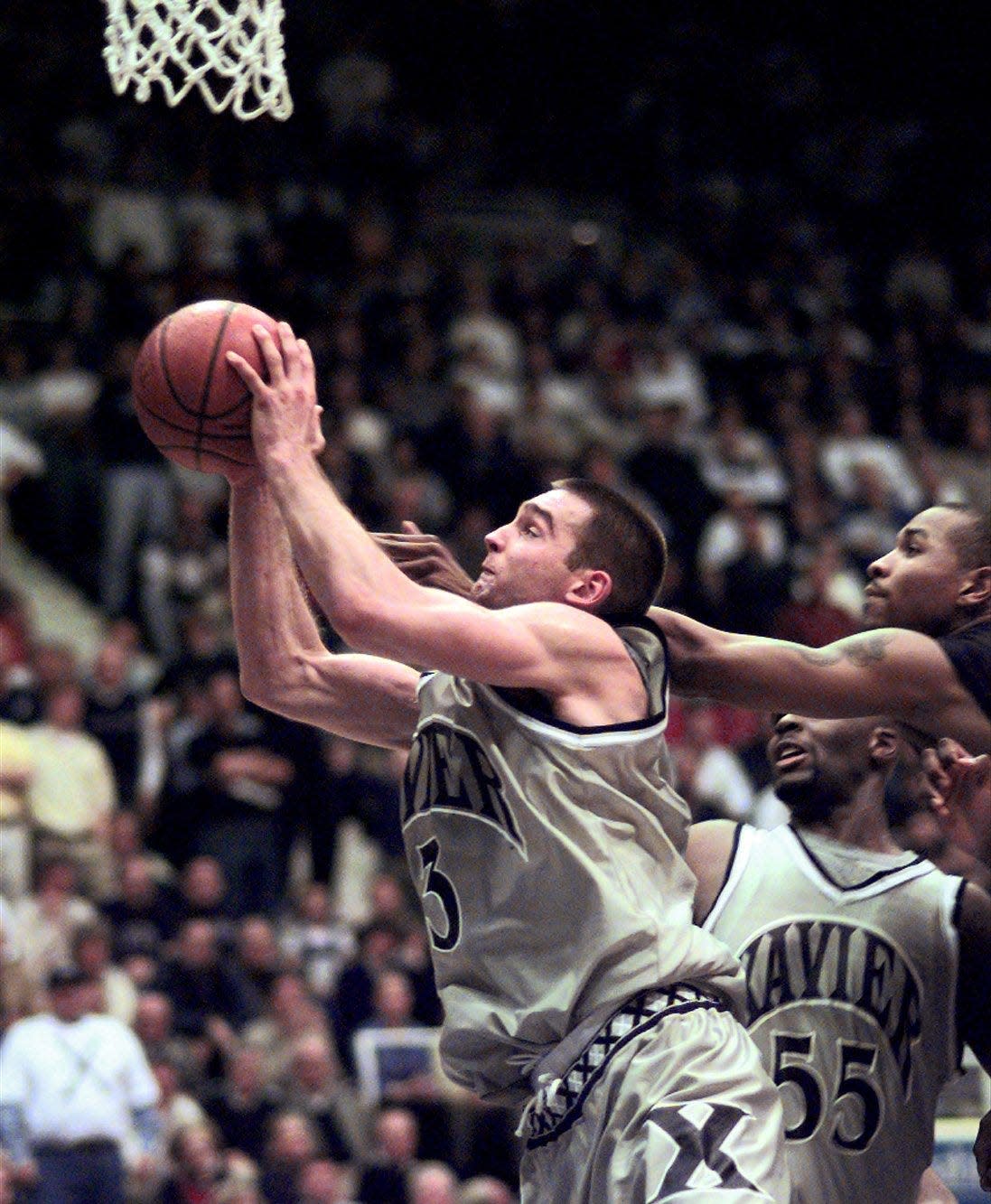
Dec. 18, 1999: Last of 43 Crosstown Shootouts played at the Gardens
Both the UC Bearcats and Xavier Musketeers used Cincinnati Gardens as their home court at times over the decades, so the arena hosted 43 Crosstown Shootout games between the local rivals. The first was in 1948. The last, in 1999, was a barnburner.
Xavier sophomore Kevin Frey hit two free throws and a layup in the last 30 seconds to upset the No. 1-ranked Bearcats, 66-64.
Enquirer columnist Paul Daugherty captured the moment:
“It’s a funky old place with a funny name. A place that smells like a shoe and looks like a shoebox should not be called ‘Gardens.’
“You can’t rip its history, though. Fifty years worth. It picked up some more Saturday night. Boy, did it ever.”
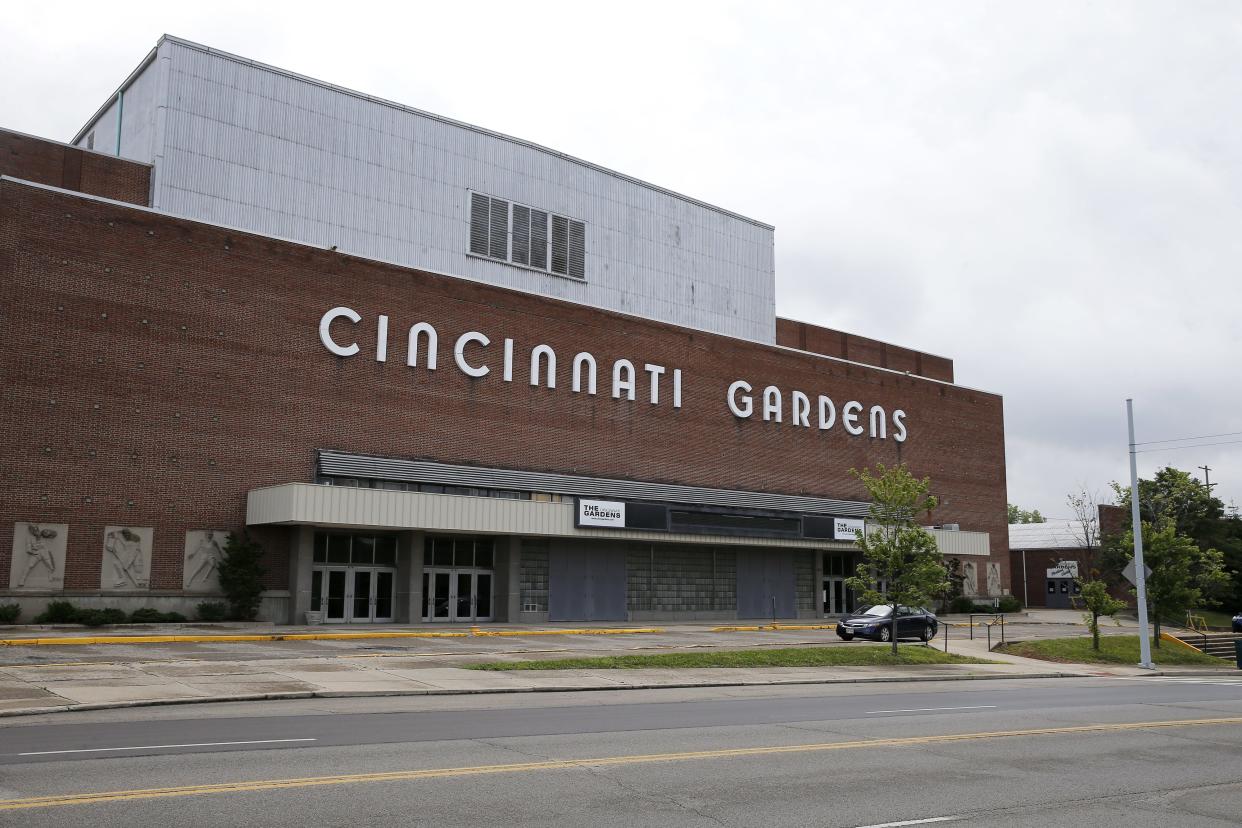
This article originally appeared on Cincinnati Enquirer: Remembering when Elvis, The Beatles and MLK visited Cincinnati Gardens
